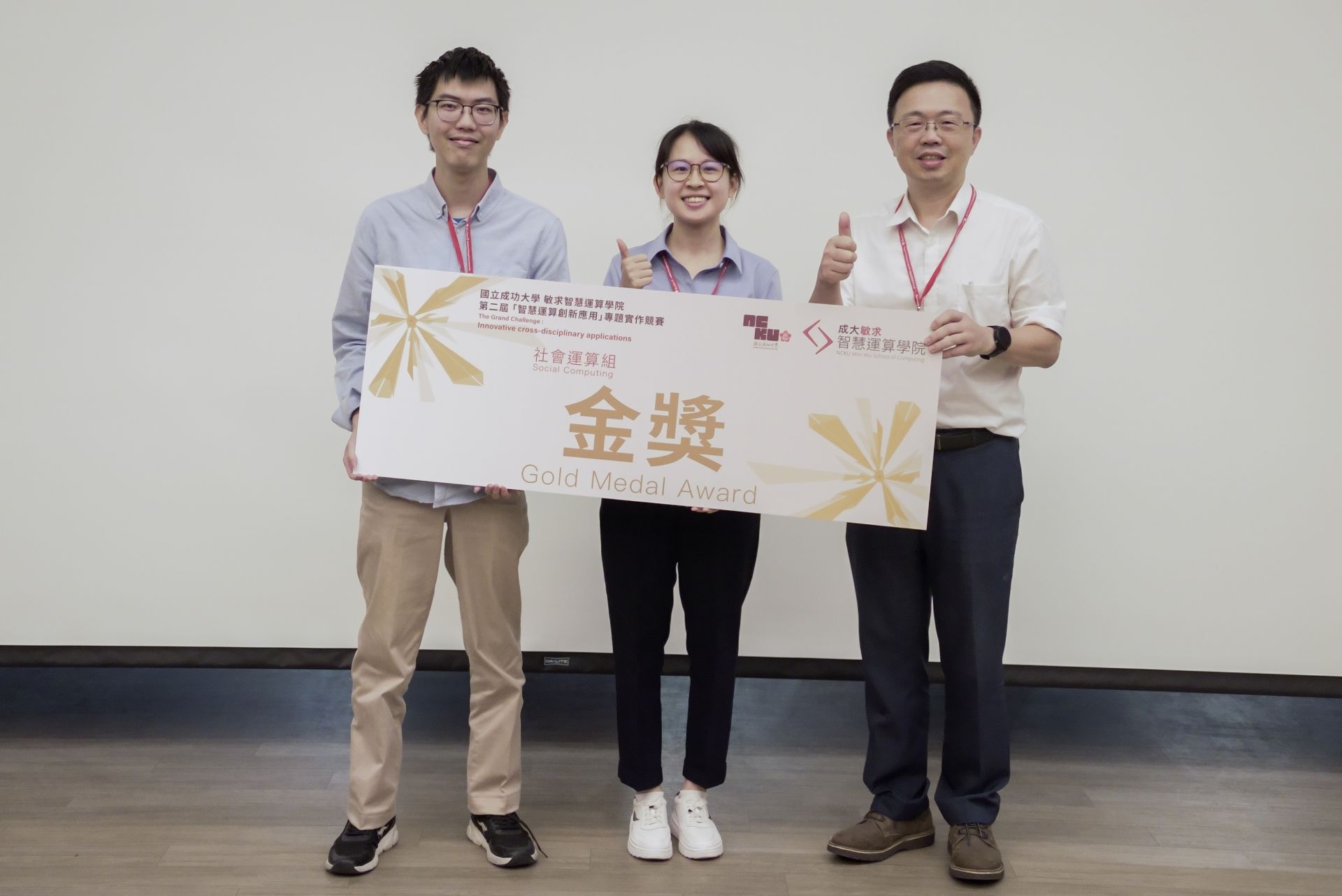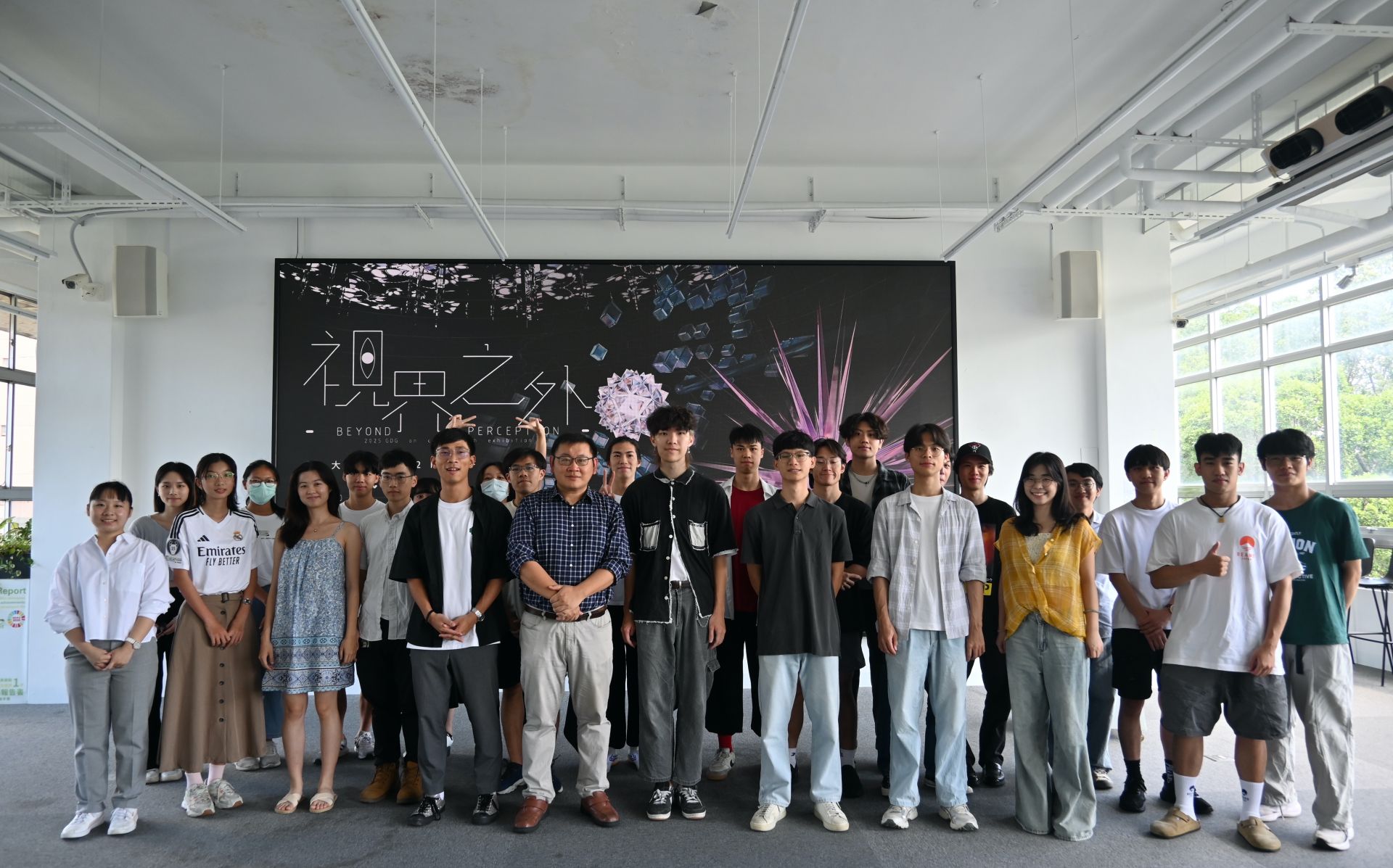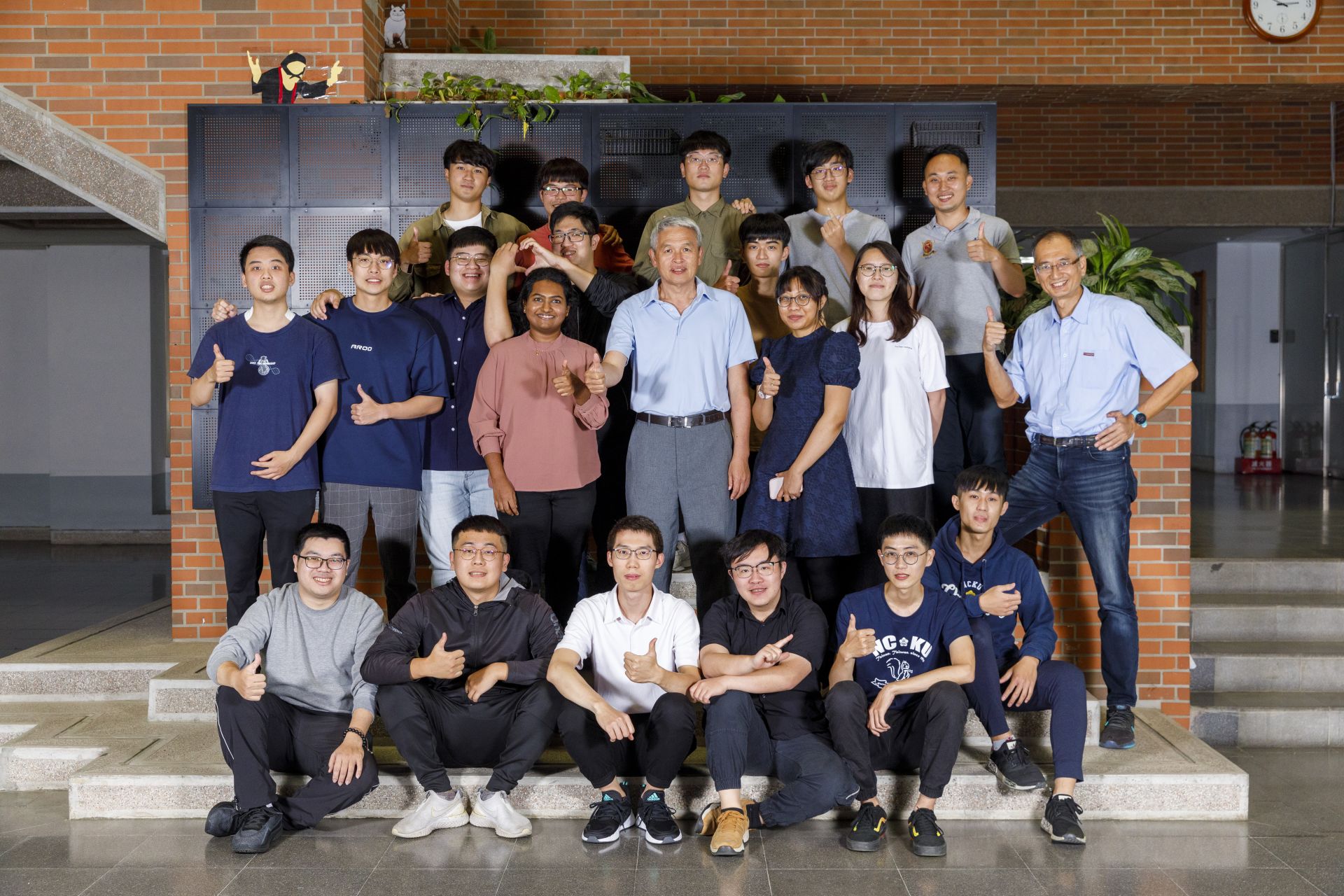SDG9
Significant in High-Energy Nuclear Physics: Validating Quark Deconfinement Phenomenon by Recreating Early Universe Conditions
Since the discovery of the Higgs boson, commonly known as the "God particle," at the European Organization for Nuclear Research (CERN) in 2012, many have thought that high-energy physics had completed its final piece of the puzzle, with nothing left to anticipate. However, physicists around the world continue to delve into the fascinating realm of subatomic particles, hoping to gain a deeper understanding of the fundamental particles and interactions that make up our universe. National Cheng Kung University (NCKU) is no exception! Since 2014, under the leadership of Professor Yi Yang (Scopus) from the Department of Physics, the High-Energy Nuclear Physics Laboratory at NCKU has been involved in the STAR experiment [Note 1] at the Brookhaven National Laboratory (BNL) in the United States. With robust support from the National Science Council and NCKU, the NCKU team has played a crucial role in the study of heavy flavor quarks and the upgrade project of detectors.
In the realm of nuclear physics described by quantum chromodynamics (QCD), quarks and gluons cannot exist freely but are bound together by the "strong force" into specific particles, a phenomenon known as "color confinement." However, under extremely high temperatures and energy densities, quarks and gluons can temporarily exist in a free state, forming a new state of matter called "quark-gluon plasma" (QGP). This phenomenon, known as "deconfinement," only occurs in the early universe and in high-energy heavy-ion collisions. Physicists invest considerable effort in heavy-ion physics to study this unique phenomenon and gain insights into the nuclear force. The STAR experiment is one of the world's most important heavy-ion physics experiments.
The NCKU High-Energy Nuclear Physics Laboratory primarily focuses on the research of the Muon Telescope Detector (MTD) within the STAR experiment. In 2016, a seminar was held at NCKU inviting experts from around the world (including the United States, China, and the Netherlands) to discuss MTD-related physics (see Figure 1). In 2019, the NCKU team collaborated with the STAR collaboration to publish two important papers on J/psi particles [Note 2]: one investigating the production mechanism of J/psi particles in proton collisions and the other studying the suppression of J/psi particle production in gold ion collisions. These studies made significant contributions to our understanding of quantum chromodynamics. In 2020, the NCKU team completed the primary task of upgrading the Silicon Strip Detector as part of the STAR upgrade project, successfully installed it into the STAR experiment for data collection, expected to run until 2025. Additionally, they participated in research verifying Einstein's famous mass-energy equivalence formula.
In March 2023, NCKU and the STAR collaboration jointly published their latest research results in Physical Review Letters [Note 4]. The study primarily focused on the decay of Upsilon particles (particles composed of two bottom quarks) in gold ion collisions. This marked the first observation of bottom quark decay at the Relativistic Heavy-Ion Collider (RHIC) at BNL, shedding light on how quarks react and further decay in extreme environments. Why continue studying Upsilon particles after J/psi particles? One reason is that bottom quarks have much greater mass than charm quarks, making it difficult to produce free bottom quarks in the quark-gluon plasma. Moreover, Upsilon particles have three quantum states, studying the decay of these states allows us to understand the relationship between quark wave functions and their decay. Figure 3 illustrates the decay of Upsilon particles in gold ion collisions, a result achieved through collaborative research between NCKU, BNL, and the University of Science and Technology of China (USTC) (BNL News). NCKU physics graduate student Zhe-Jia Zhang (now an engineer at Godzun Technology, see Figure 4) played a crucial role in this research under the guidance of Professor Yi Yang, including muon identification (Upsilon particles need to be reconstructed from two muons), distinguishing the three Upsilon quantum states, and interpreting the final physics results. Professor Yi Yang remarked, "This analysis was very challenging due to the large background. We had to develop effective methods to select muons from significant noise, reconstruct Upsilon particles, and conduct further research. In the future, NCKU will continue to strive in this area, for example, studying the relationship between J/psi particle production and jets. These studies will help us piece together the puzzle of quantum chromodynamics." He also expressed gratitude to the National Science Council and NCKU for their continuous support.
Note 1: The STAR experiment is a large international collaboration involving 13 countries, 63 research units, and over 600 scientists and engineers. Professor Yi Yang, head of the High-Energy Nuclear Physics Laboratory at the Department of Physics, NCKU, has been leading the NCKU team in this important international collaboration project since joining NCKU in 2014 and is the only team participating from Taiwan.
Note 2: J/psi particles are subatomic particles composed of two charm quarks. They were first discovered by Nobel laureate Dr. Samuel C. C. Ting at BNL in 1974, earning him the Nobel Prize in Physics in 1976.
[1] Physical Review D, 100, 052009, 2019
[2] Physics Letters B 797, 134917, 2019
[3] NCKU High-Energy Nuclear Physics Laboratory Participates in Verifying Einstein's Famous Formula
[4] Physical Review Letters 130, 112301, 2023

The MTD Seminar held at the Department of Physics, NCKU in 2016, inviting experts from around the world involved in the STAR experiment to discuss physics related to MTD.
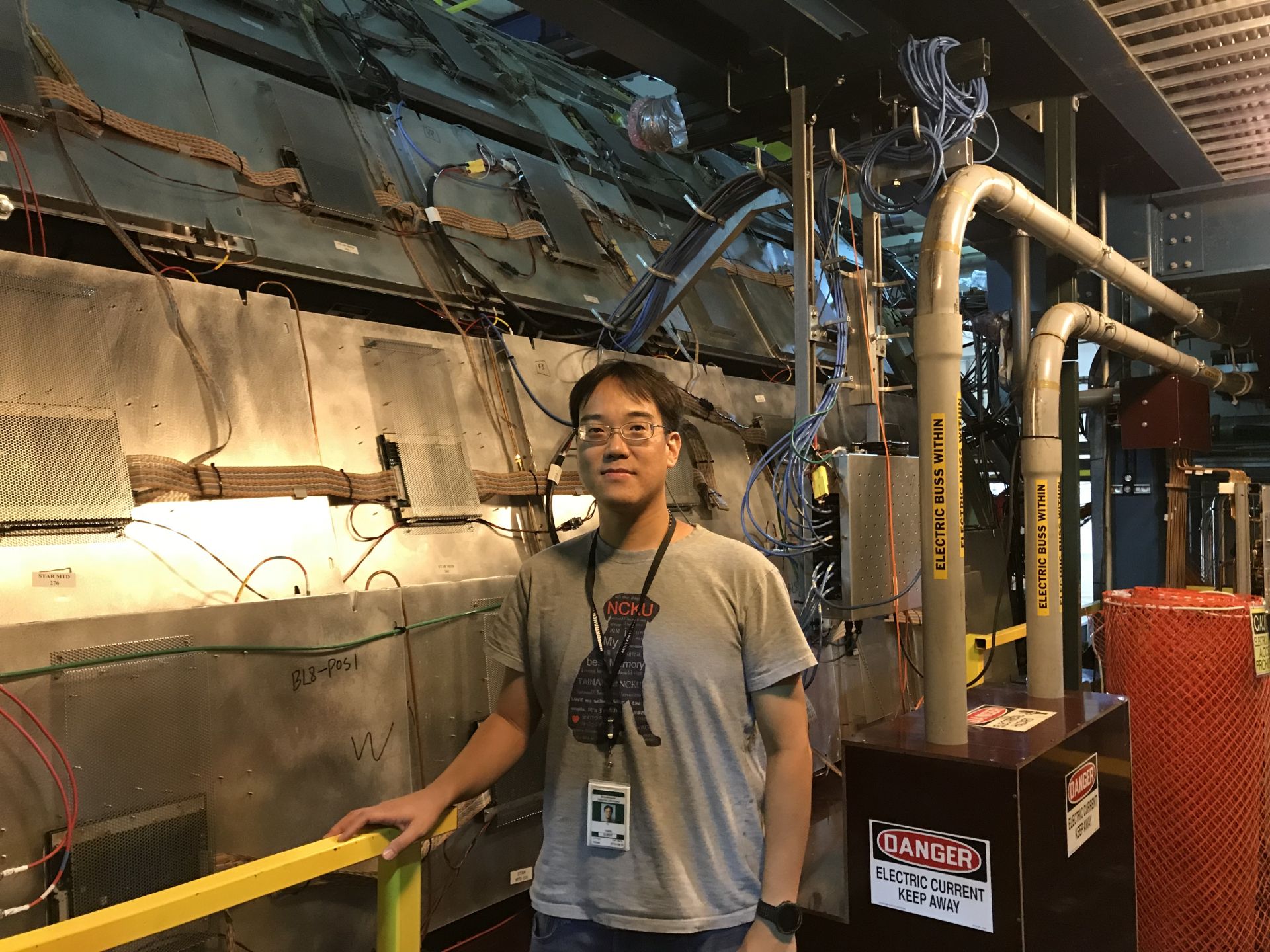
Professor Yi Yang from the High-Energy Nuclear Physics Laboratory at NCKU stands in front of the STAR detector alongside the MTD detector.
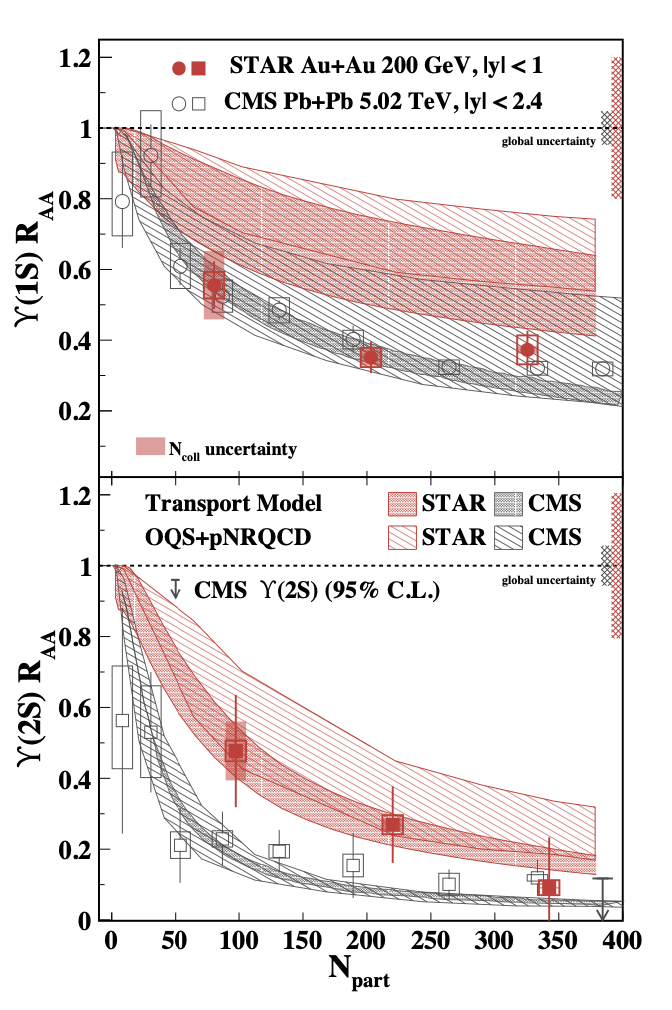
The degree of decay of the Upsilon particle under different collision conditions, demonstrating varying decay rates between two different quantum states (1S and 2S).

Graduate student Zhe-Jia Zhang from NCKU presenting his research findings at Brookhaven National Laboratory in the United States.
